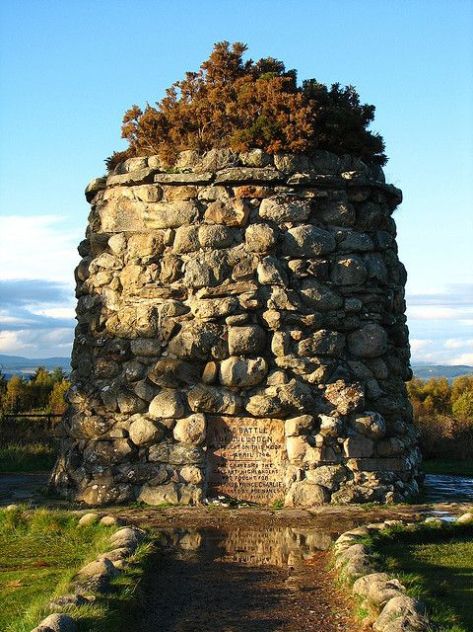A cairn is a marker compiled of stacked rocks. Initially it was an ancient custom of burying the dead to protect the body from scavenging animals.
Cairns vary in size related to whether they are used as a marker for the dead, a memorial, or on trails as a guide.
Markers known as Inukshuk are used by the Inuit and other people of the Artic regions of North America for the purpose of navigation. The word ‘inuksuk’ means “something which acts for, or performs the function of a person’. The Inukshuk form has become a modern day custom of tourists to indicate ‘I was here.’
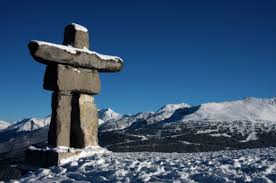
Cairns also marked the places where coffin-bearers rested when the walk to the burial ground was a long one e.g. St Cyril’s Church (Cille Choirille), in Glen Spean, near Roy Bridge in Scotland. Gravediggers recited the Gaelic Prayer before filling the grave in this cemetery which has the most incredible view of any in the Highlands.
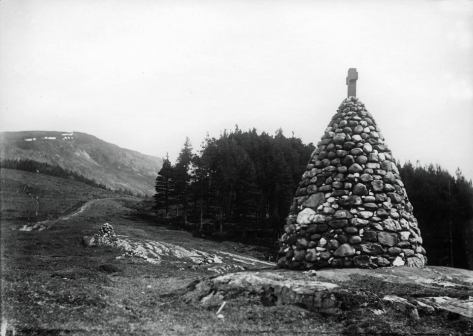
The area around Inverness in Scotland is rife with cairns. The Clava Cairn is a circular chamber tomb cairn, named after the group of three cairns at Balnuaran of Clava,
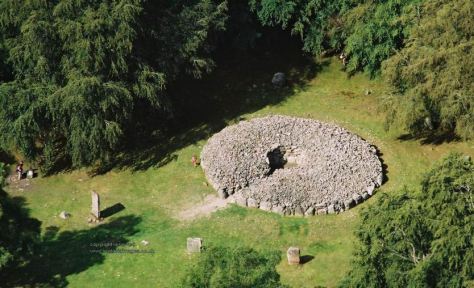
The memorial built at the site of the former Aignish Farm on the islands of Lewis and Harris is a a tribute to the people who took action to recover their homes and livelihoods in the land struggles between landlords and crofters in the 19th and early 20th centuries. The design of two stone structures reflects the idea of confrontation. The jagged stones reflect the aggression and tension of the event.
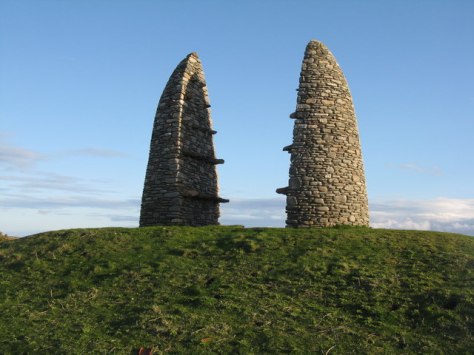
This ‘new’ cairn, built by John MacKinnon of Arisaig, was erected on the shores of Loch nan Uamh by the Forty Five Association and unveiled on 4 October 1956. The plaque states: This cairn marks the traditional spot from which Prince Charles Edward Stuart embarked for France 20th September 1746. ‘Bonnie Prince Charlie’ who claimed to be the rightful heir to the thrones of England, Scotland, France and Ireland was supported by many Highland clans both Catholic and Protestant. Supporters known as Jacobites led risings to reinstate him to the throne.
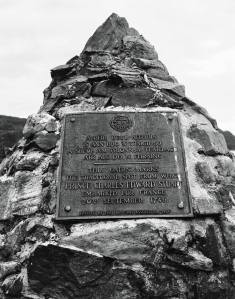
One of the most famous Scottish cairns commemorates the Battle of Culloden, the last Jacobite rising, fought on Drumossie Moor, to the north east of Inverness in Scotland. The cairn was erected by Duncan Forbes of Culloden in 1881, in memory of the fallen Jacobites. The inscription on the plaque of the 20 foot high cairn reads :
‘The Battle of Culloden was fought on this moor 16th April, 1746. The graves of the Gallant Highlanders who fought for Scotland and Prince Charlie are marked by the names of their clans’
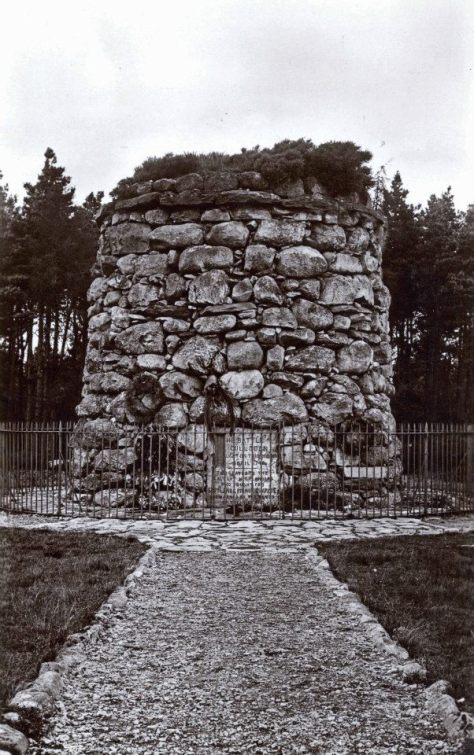
In ancient Scotland, cairns were rallying points before battles and fights. Each man placed a stone on the ground upon arrival and removed it after the battle. The number of stones left was an account of the number of Clan members lost in the battle.
